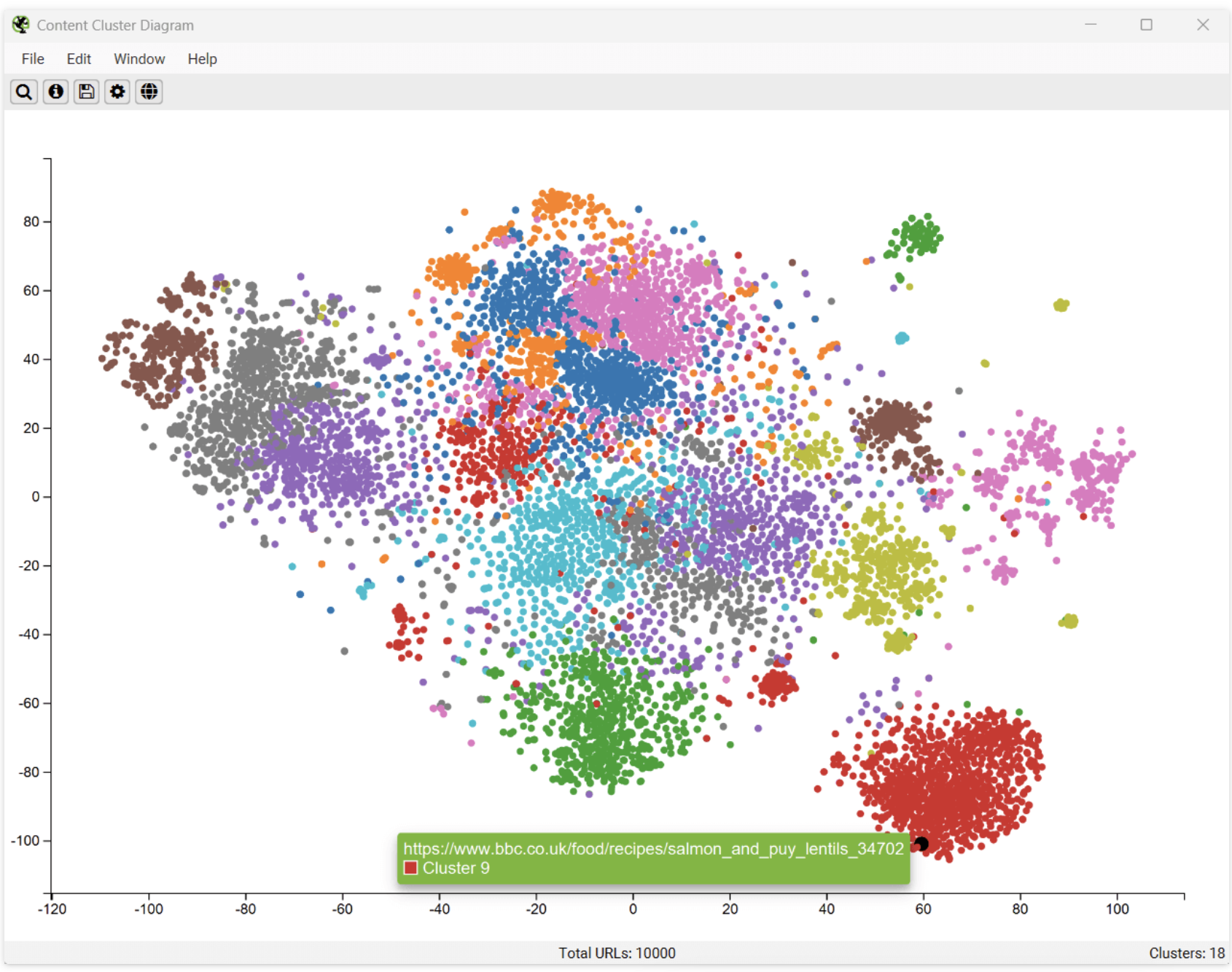LLM Reverse Engineering with Embeddings
If you’ve ever asked ChatGPT a question and found a competitor’s blog quoted back to you, you’re probably wondering how to get YOUR content into that response box.
Traditional SEO might help but is not the full answer. LLMs don’t crawl pages in the way search engines do. They embed them, converting your content into numerical representations. Its how they capture a site's meaning, tone, and topic relationships.
In other words, LLMs don't index your keywords, they interpret your concepts.
That’s why embedding analysis can be used to reverse engineer how AI models understand your site. You don't need to guess what they might say about your content, you can look directly at the data they're using to generate those answers.
What Are Embeddings
At a high level, embeddings are "vectors—high-dimensional coordinates" that represent your content's meaning. Pages that cover similar themes or serve similar intents tend to cluster closely in this space, even if they use very different words. LLMs use this vector space to locate the next most relevant piece of content.
When you see AI-generated answers that include links, quotes, or summaries from web content, those outputs are shaped by their semantic proximity, not exact keyword matches. If your content doesn't cluster well around a topic, or if it overlaps too much with other pages on your site, it's hard for your site to display.
Auditing Your Own Embeddings
Recently, tools like Screaming Frog have made it possible to extract embeddings from your site in short order. If you use an API connection to OpenAI or another LLM provider, you can crawl your site, convert each page into its embedded form, and visualize the results in what’s called a Content Cluster Diagram.

This diagram shows how your content is semantically distributed. It can help you determine if all your topic pages tight and clearly defined, or if some are too similar. You can use the diagram to see if some pages are disconnected from your core focus. A visual map gives you an AI’s-eye view of how your site looks in embedding space.
Why It Matters
Embedding-based analysis does a few things that traditional SEO audits miss:
-
Reveals semantic duplication, even when titles differ
-
Flags outlier pages that don’t align with your topical authority
-
Highlights opportunities for consolidation or internal linking
-
Provides clues into how LLMs might classify your content
It’s especially powerful for marketers who want their content to show up in tools like ChatGPT, Claude, or Perplexity—not just Google.
What Comes Next
LLM Reverse Engineering can be revealing, helping you understand how AI models display content. Next, I'll focus on an entirely different way to reverse engineer LLM output. The more your understand how AI sees the web, the better position you're to leverage it.